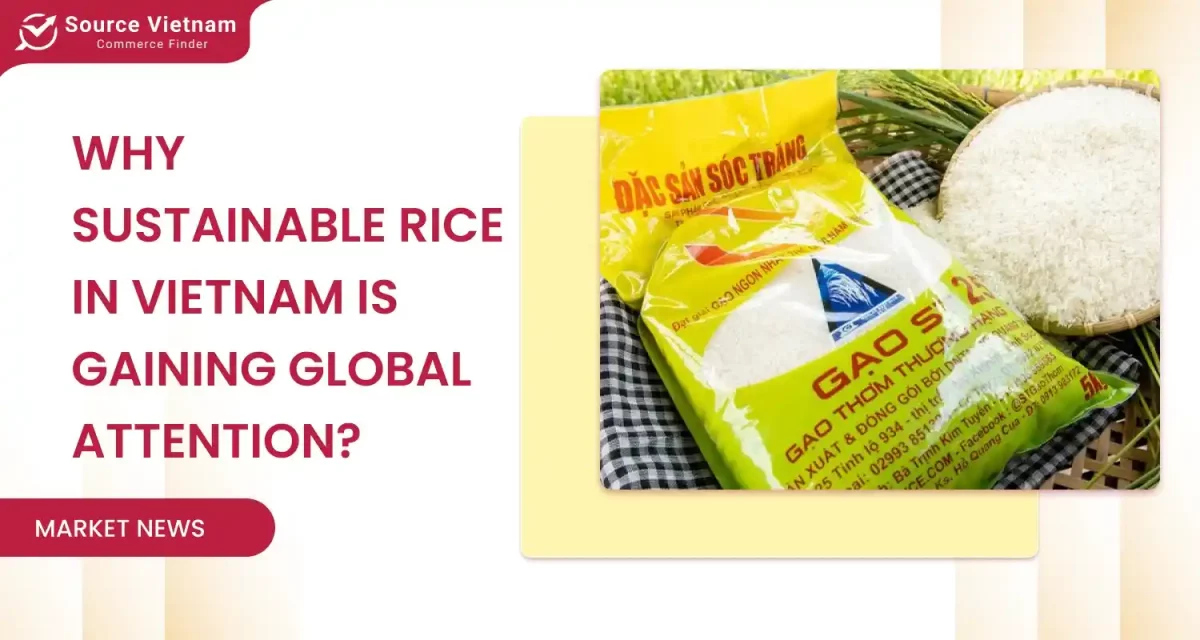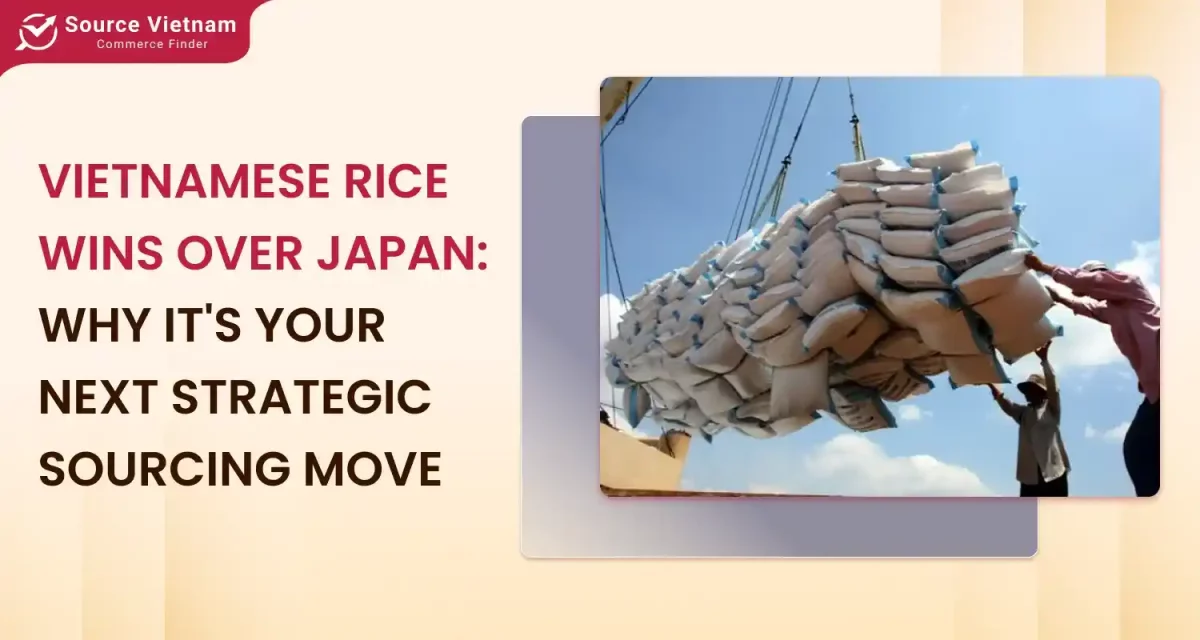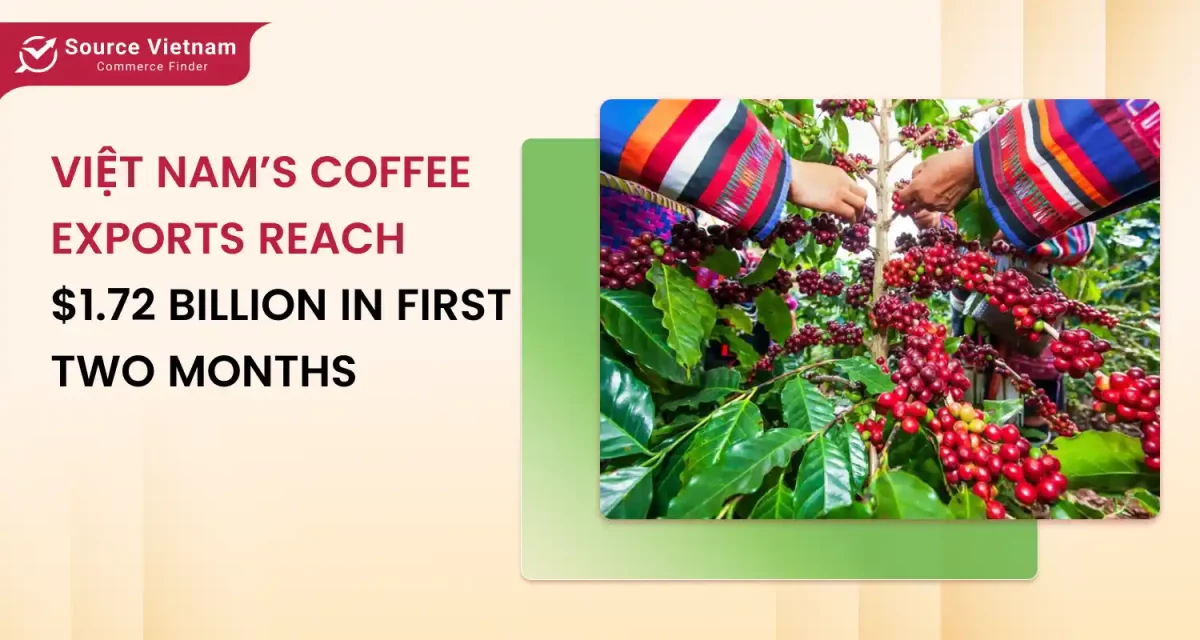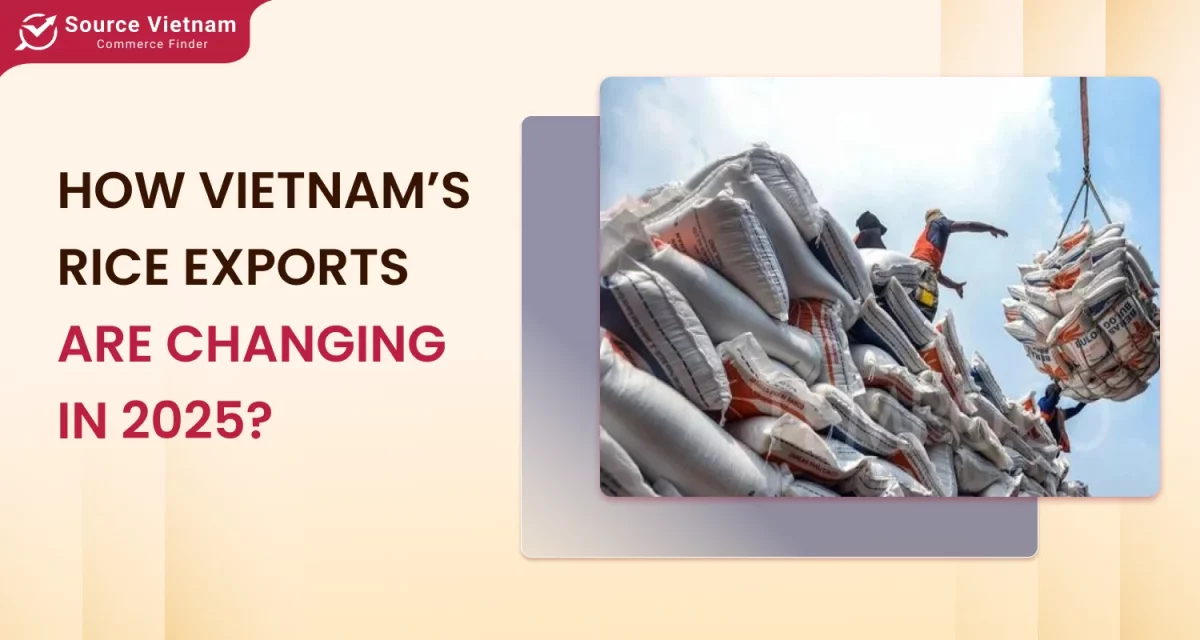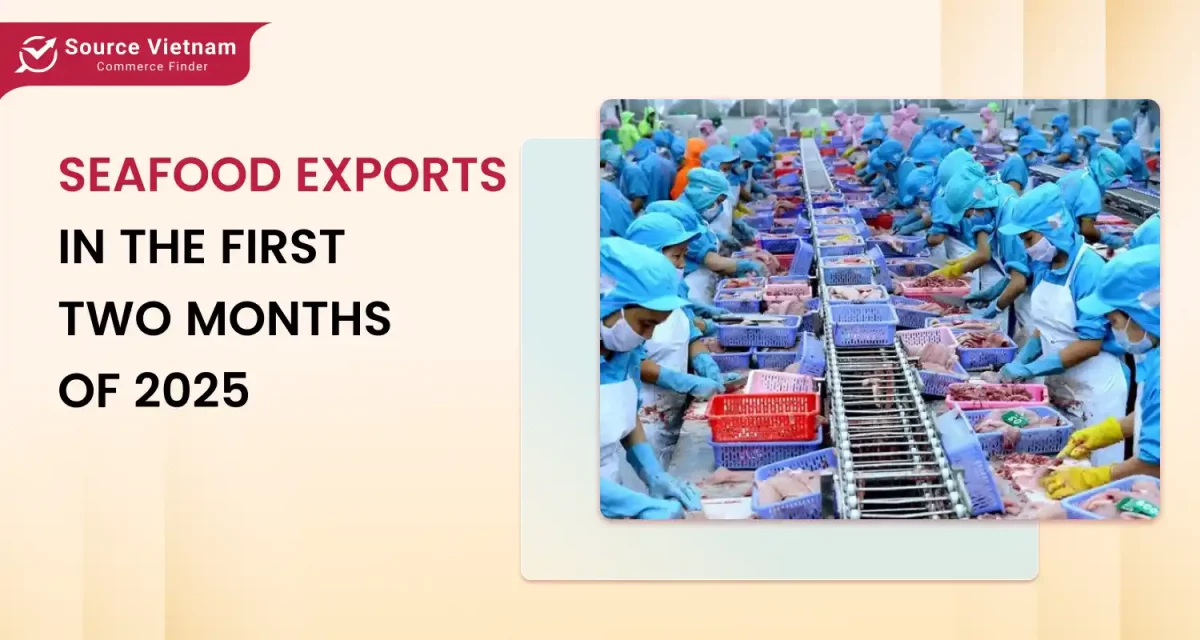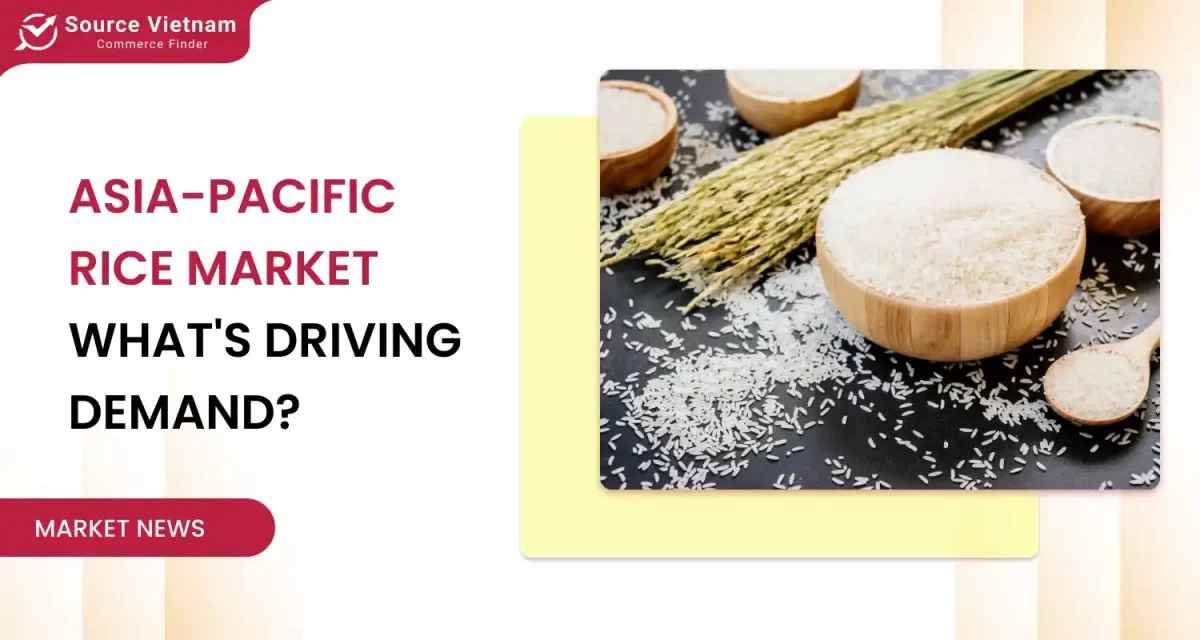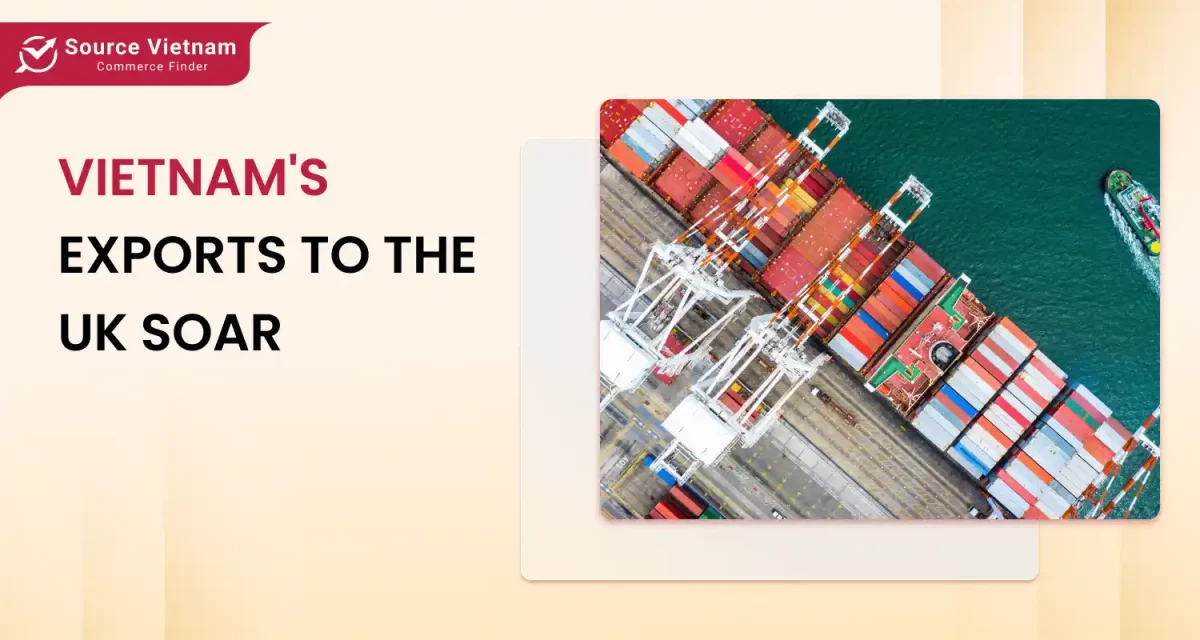According to USDA reports, rice imports in the Philippines are projected to rise from 4.6 million tons to 4.7 million tons in 2024 compared to 2023. As a leading supplier, Vietnam is vital in meeting the growing rice demand in the Philippines. Learn the strategies for successful rice importation and explore a step-by-step guide on how to import rice from Vietnam to Philippines efficiently.
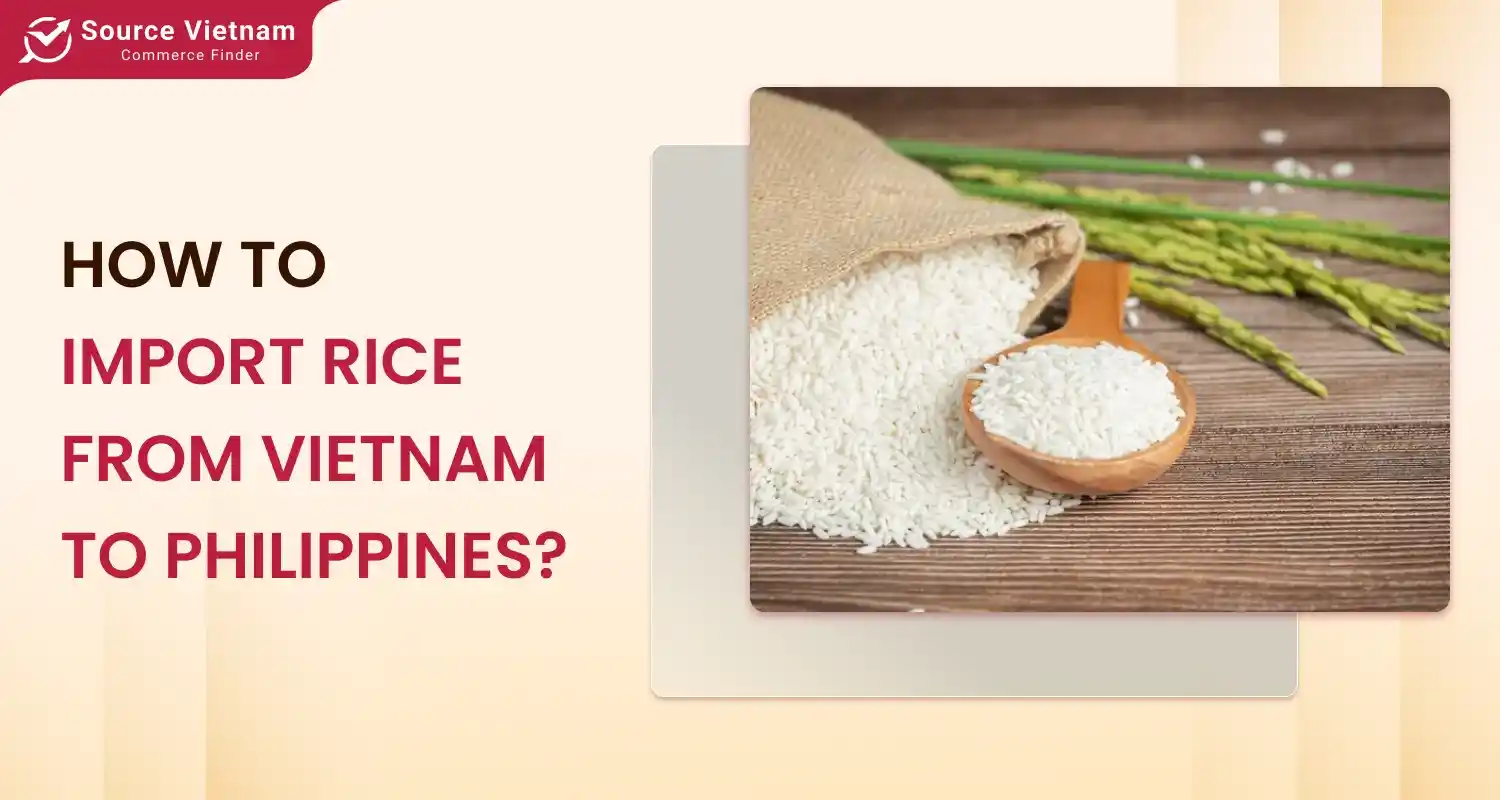
Why importing rice from Vietnam is a smart choice?
Regarding supplying rice to the Philippines, Vietnam has consistently proven to be a trusted and top-tier partner. The country’s reputation for quality, affordability, and efficiency makes Vietnam’s rice export to the Philippines a crucial component of the nation’s rice market. Here’s why Philippines rice Vietnam imports are the ideal solution for meeting growing demand.
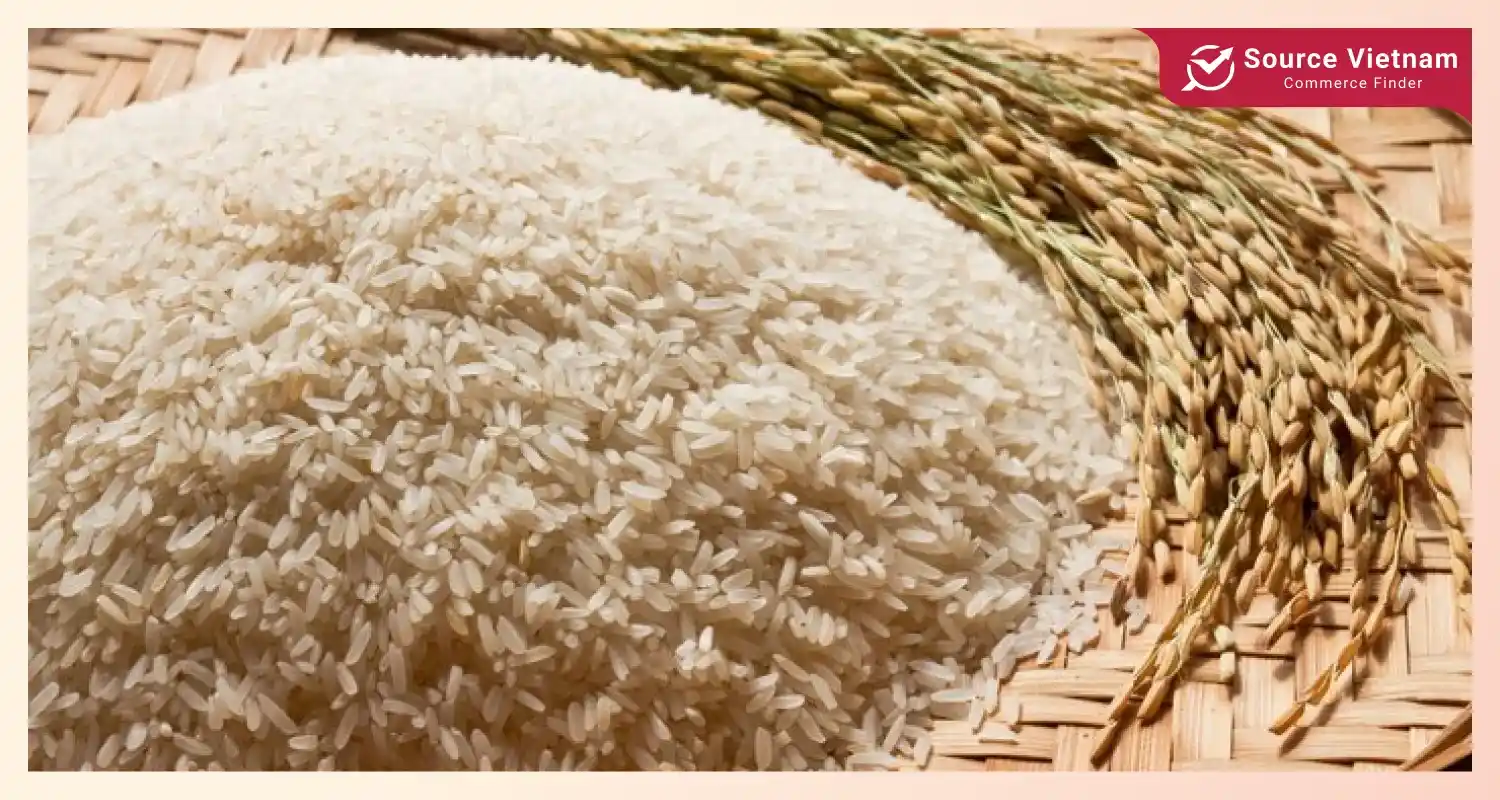
Read more: How Is Rice Grown in Vietnam? Traditional Farming Secrets
High-quality rice
Vietnam provides many high-quality rice products, including jasmine, long-grain, and glutinous rice. These options cater perfectly to the preferences of the Filipino market, making rice in Vietnam’s variety of Philippines imports a reliable choice.
Competitive Pricing
With affordable pricing that doesn’t compromise quality, Vietnam provides excellent value for importers. Philippines rice Vietnam buyers can depend on a steady supply of cost-effective rice compared to other global sources.
Proximity and trade relations
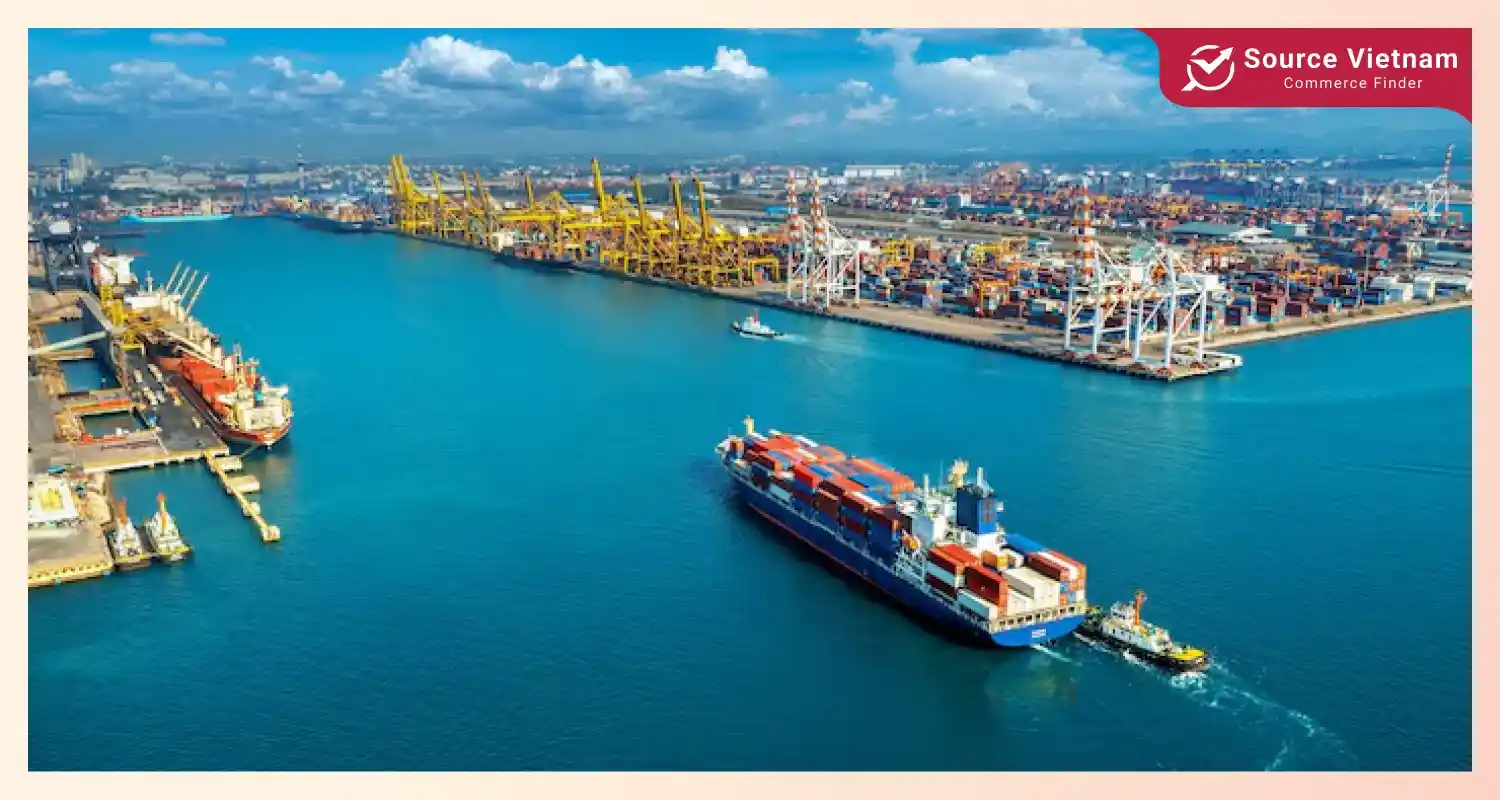
The close geographical location between imported rice and Vietnam Philippines will be an advantage in ensuring fast and cost-effective rice export logistics. Besides, trade agreements between the two countries bring many benefits, such as simplifying the import process and strengthening Vietnam’s role as a main rice supplier.
Philippine businesses can be assured of quality grain sources at competitive prices by choosing a reliable rice supplier in Vietnam. Could you determine which Vietnamese rice suppliers dominate the market to elevate your import strategy and effectively meet growing demands?
Legal requirements for importing rice into the Philippines
Understanding customs procedures Philippines is crucial for businesses looking at how to import rice from Vietnam to the Philippines. Let’s learn more about how to import rice from Vietnam to Philippines regulations and the required permits.
Import permit
Importers entering the Philippine market should have a Philippine import license from the Bureau of Plant Industry-BPI under the Philippine Department of Agriculture. This is a document that legalizes the import of rice and ensures compliance with Philippine policies
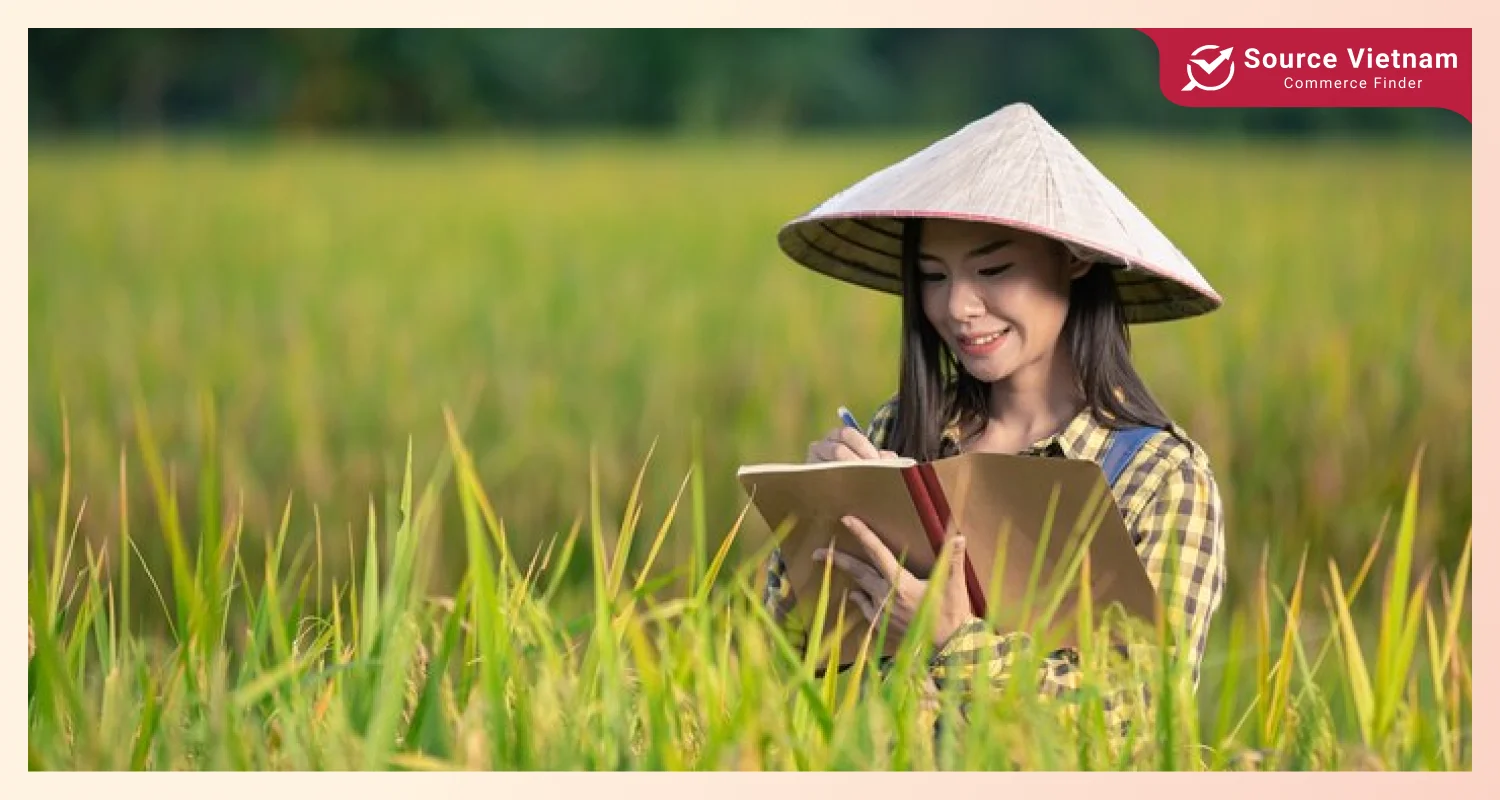
Sanitary and Phytosanitary Import Permit (SPSIC)
An SPSIC is required to certify that imported rice complies with safety and quality standards. This permit, administered by the BPI, prevents potentially harmful pests from entering the country.
National Food Authority (NFA)
While the Rice Tariffication Law has taken away most of the control of imports from the NFA, the latter still plays an active role in ensuring that fair trade practices in rice are pursued, considering rice supply and price stability. Importers must understand its regulations to avoid legal issues.
Rice tariff law
The Rice tariff law transformed the import process, replacing import quotas with tariffs. This policy has increased access to Vietnamese rice import regulations in the Philippines, making it easier to source rice but requiring careful financial planning for tariff costs.
Other regulations
Importers may also need additional rice import regulations Philippines with specific guidelines set by the Vietnam Ministry of Agriculture and Rural Development or the Philippine Department of Agriculture.
Mastering these import duties Philippines not only ensures compliance but also empowers businesses to import Vietnamese rice smoothly and confidently. Discover how to easily navigate Philippine import regulations and turn complex processes into seamless opportunities for growth.
A step-by-step guide to importing rice in Vietnam to the Philippines
Importing rice in the Philippines can be complicated, but a suitable approach can ensure a smooth and successful operation. This comprehensive guide will help you know how to import rice from Vietnam to Philippines.
Find a reliable supplier
The foundation of importing rice from Vietnam to the Philippines is identifying trustworthy Vietnamese rice suppliers. Your business should research suppliers with strong export histories and positive customer feedback. Look for certifications such as ISO or HACCP to verify their quality standards.
Building relationships with the best Vietnamese rice suppliers for import to the Philippines ensures consistent quality and reliable delivery. You can also visit trade fairs or leverage online platforms like SourceVietnam.com to explore potential partners.
Negotiate terms and contracts
Effective negotiation will avoid misunderstandings and ensure clarity. When working with a supplier, you should clear written agreements covering key aspects such as product quality, variety (e.g., Jasmine, long-grain), pricing, delivery timelines, and payment terms. Also, remember to estimate backup plans for delays or product mistakes. With strong agreements, your business protects your interests and fosters long-term collaboration.
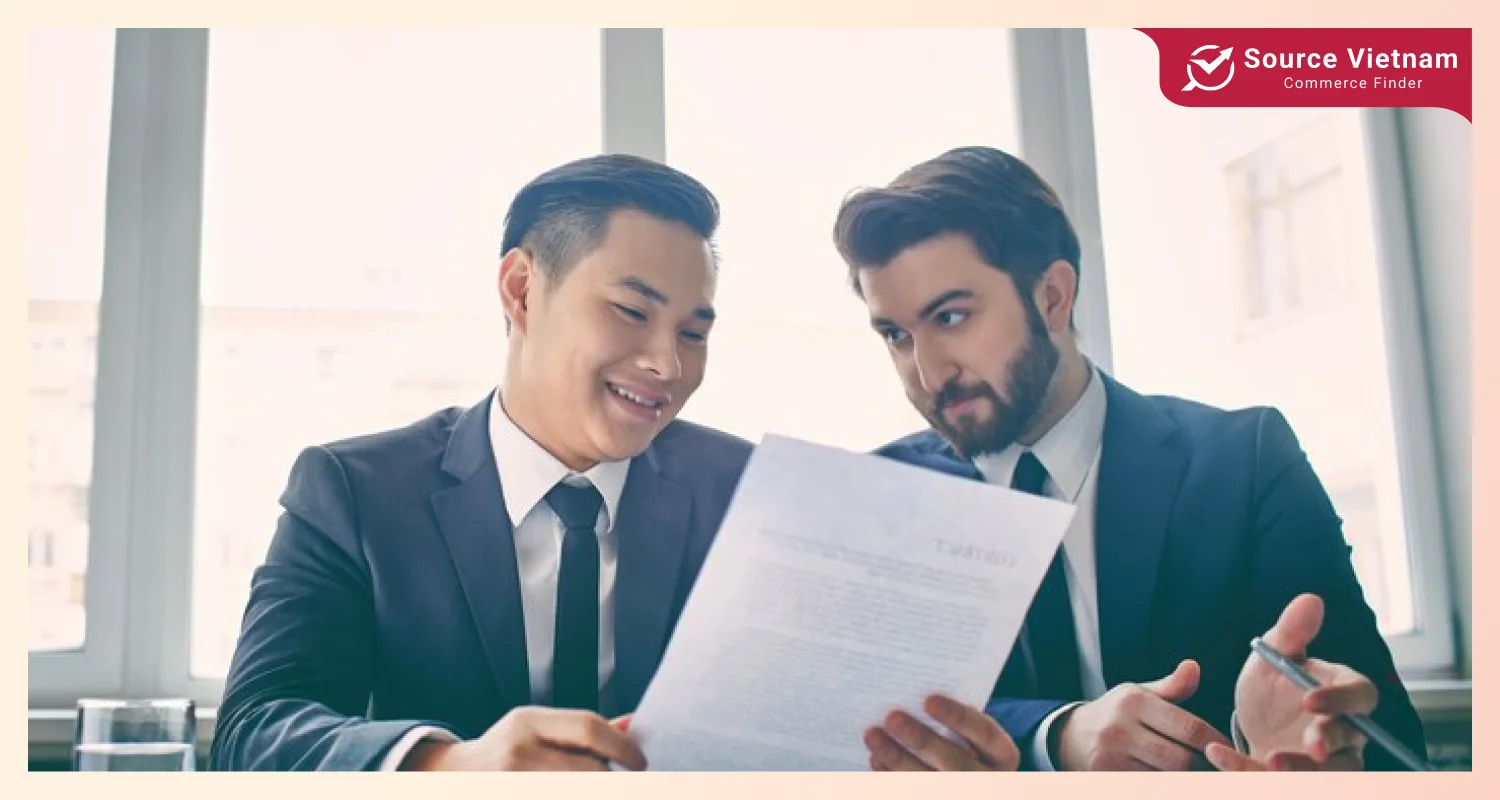
Secure funding and logistics
Financing plays a crucial role in importing rice. Explore the best options for funding, such as trade credit, bank loans, or supplier financing, that best suit your cash flow position. Plan shipment types (bulk or containerized) and get insurance to cover against risks like transit breakage. Be sure to coordinate with a logistics provider to ensure that shipping routes are optimized and delivery costs are minimized.
Obtain necessary permits and clearances
From the viewpoint of Philippine regulations, there is no compromise. Businesses should get an import permit from BPI and apply for the Sanitary and Phytosanitary Import Clearance. These documents ensure your rice shipment aligns with safety and quality standards. If you miss these permits, you can get costly delays or rejections at customs.
Customs clearance and duties
Familiarize yourself with the customs procedures of the Philippines to streamline this step. Prepare submission documentation such as the Bill of Lading, commercial invoice, and SPSIC. Also, you know the shipment’s value and the current tariff schedule under the Rice Tariffication Law. Especially, when partnering with a customs broker, you can limit some mistakes and expedite clearance.
Transportation and delivery
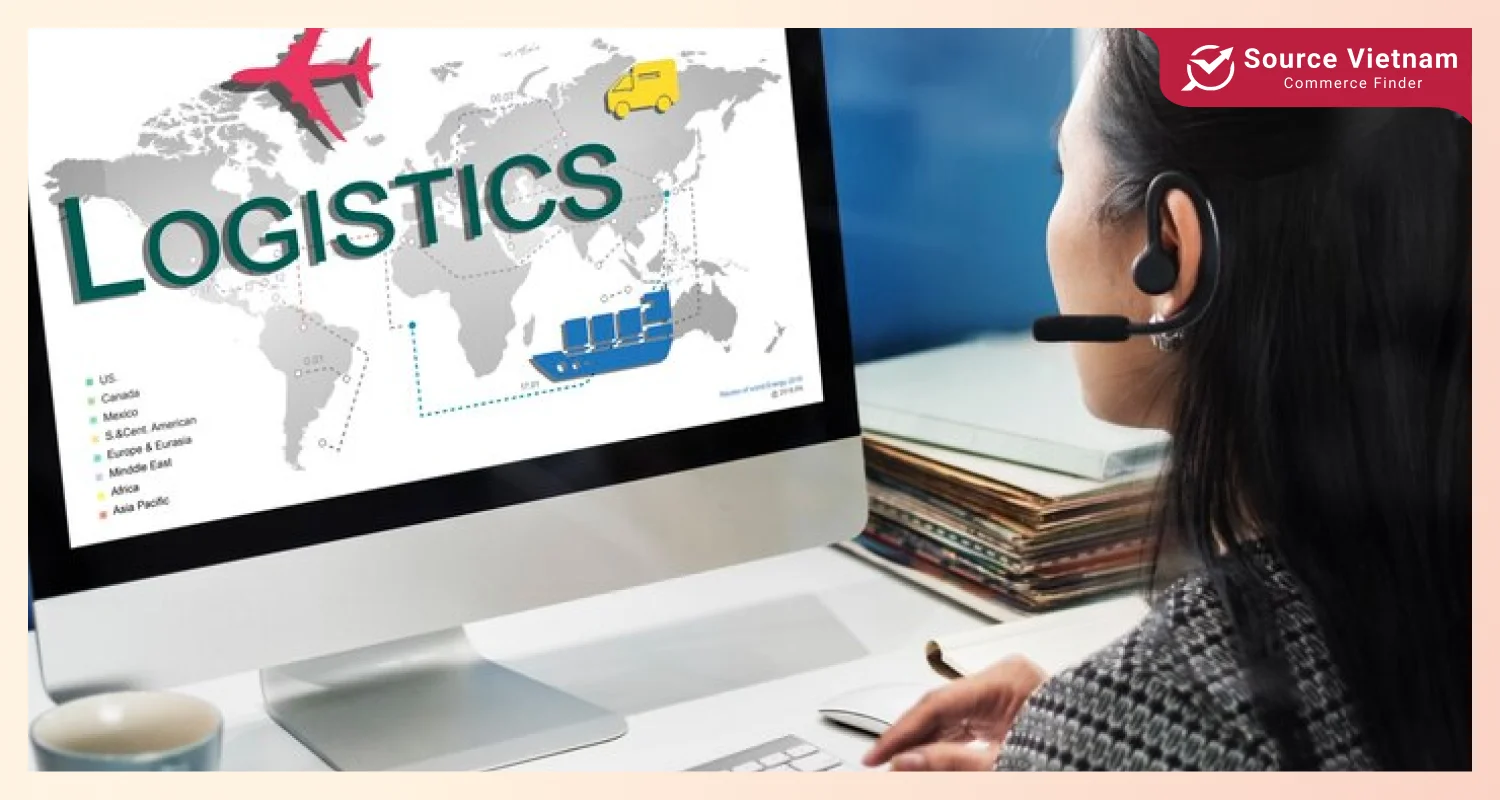
After understanding customs and duties, you should arrange transportation to distribute the rice to warehouses, retailers, or end customers. You can choose between trucking or rail transport depending on volume. Opt for trusted logistics partners who guarantee timely and secure deliveries across the Philippines.
Quality control and inspection
Conduct thorough inspections upon the rice’s arrival to verify its compliance with contract specifications. Use third-party quality control agencies if necessary to ensure unbiased evaluations.
These instructions will help you step by step on how to import rice from Vietnam to Philippines smoothly and effectively. Understand these processes clearly to help your business succeed and have a position to develop in the potential Philippine rice market.
Read more: Jasmine Rice vs. White Rice: Key Differences Explained
Essential tips on how to import rice from Vietnam to Philippines
Businesses must consider critical factors to ensure a smooth and profitable rice importation. From supplier vetting to regulatory compliance, these tips will help you avoid pitfalls and maximize success when learning to import rice from Vietnam to the Philippines.
Due diligence
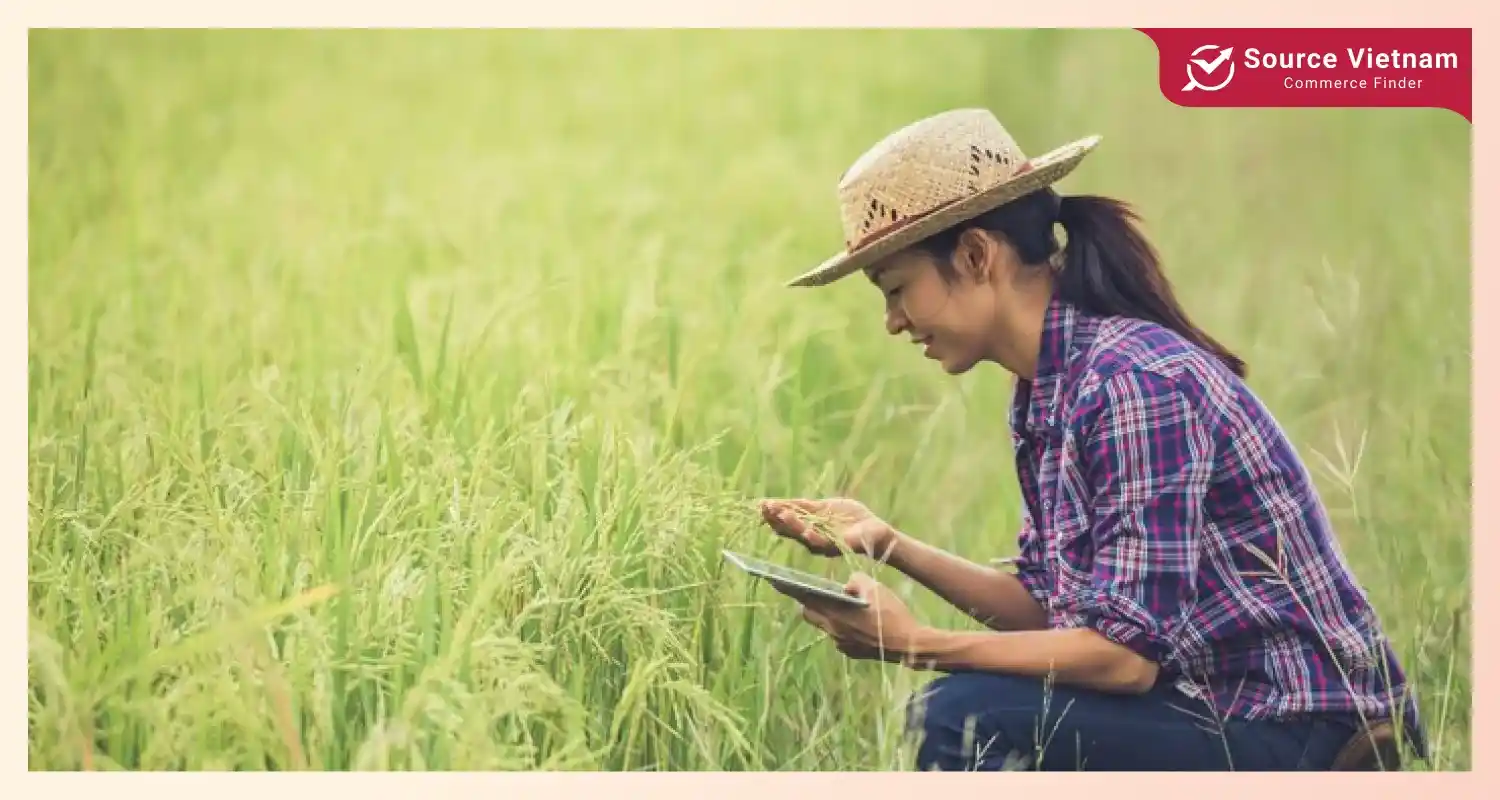
According to USDA reports, rice imports in the Philippines are projected to rise from 4.6 million tons to 4.7 million tons in 2024 compared to 2023. As a leading supplier, Vietnam is vital in meeting the growing rice demand in the Philippines. Learn the strategies for successful rice importation and explore a step-by-step guide on efficiently importing rice from Vietnam to the Philippines.
Compliance
Strictly adhere to import regulations, including obtaining the necessary permits, such as SPSIC and BPI clearances. Staying compliant with Philippine laws safeguards your operations and prevents delays or fines.
Quality control
Implement rigorous quality checks throughout the import process, from initial production to delivery. Regular inspections help maintain product standards and protect your reputation on the market.

Relationship building
Strong relationships between suppliers and rice importers in the Philippines will give both collaboration opportunities. Good connections ensure smoother communication, faster processing, and long-term business success.
Mastering these key practices will streamline your rice import operations, ensuring safety, compliance, and quality. Protect your business: essential tips for importing rice safely and achieving lasting success in the Philippine market.
Read more: Jasmine Rice vs. Basmati Rice: Which One Is Best?
How to tackle challenges in rice importation from Vietnam?
Importing rice from Vietnam to the Philippines offers great opportunities but challenges. From finding credible suppliers to managing logistics, each step must not be taken lightly. This guide will outline common challenges and their solutions to ensure a smooth and successful import process.

| Challenge | Analysis of the challenge | Solution |
| Finding reliable suppliers | Supplier reliability: A reliable supplier is important for continuing development or long-term cooperation.
Poor cooperation risks: Poor supplier relationships can lead to poor quality and disruption in the supply chain. Reputation: Poor relations with suppliers will affect your standing in the competitive market. |
Conduct thorough research on potential suppliers.
Participate in trade shows and industry events to meet suppliers in person. Utilize reputable online platforms. verify supplier credentials, certifications, and export history. |
| Navigating complex regulations | Complex legal requirements: Both Vietnam and the Philippines have intricate regulations for rice importation.
Time-consuming process: Navigating compliance can be challenging and require significant time. Non-compliance risk: Non-compliance with regulations may lead to shipment delays. |
Consult lawyers or trade consultants who specialize in import regulations.
Engage experienced customs brokers to assist with documentation and procedures. Stay updated on current import regulations and policies from relevant authorities. |
| Dealing with import delays | Unforeseen delays: shipment delays and customs delays.
Impact on delivery schedule: These delays disrupt planned delivery timelines. Potential losses: Delays can lead to financial setbacks and harm business relationships. |
Factor potential delays into your planning and timelines.
Maintain open communication with suppliers and shipping companies. Establish contingency plans for unexpected delays. Consider expedited shipping options when necessary. |
| Managing logistics and costs | Complex logistics: Managing international logistics can be challenging and intricate.
Rising costs: Expenses increase due to shipping fees, handling charges, and currency fluctuations. Impact on profitability: These factors can significantly reduce overall profit margins. |
Plan logistics meticulously, including route optimization.
Compare different shipping options and providers for cost-effectiveness. Negotiate favorable terms with logistics companies. Make an investment in insurance against loss and damage. |
| Market volatility and price fluctuations | Price variations: Rice prices can vary due to market volatility, supply-demand shifts, and economic conditions.
Impact on budgeting: Unstable prices complicate financial planning and budgeting. Effect on profit margins: Changes in rice prices may reduce business profitability. |
Keep updated on market trends both globally and locally.
Expand suppliers to reduce dependency on a single source. Consider hedging strategies or forward contracts to lock in prices. Build flexibility into pricing models to accommodate changes. |
The following discusses avoiding these common pitfalls when importing rice from Vietnam to the Philippines. Addressing these challenges in advance and with effective strategies will get you through a smoother importation process and a more successful business.
Read more: Wafer Paper vs Rice Paper: Key Differences and Uses Explained
Conclusion
Importing rice from Vietnam to the Philippines requires several critical steps, from finding reliable suppliers to knowing the regulations, securing logistics, and ensuring quality control. By knowing these processes, businesses can minimize risks, streamline operations, and enhance profitability. Learning about how to import rice from Vietnam to Philippines is key to ensuring a smooth and successful trade experience.
Ready to take the next step? Start your rice import journey today and explore trusted suppliers on SourceVietnam.com to ensure a smooth and successful import process!
FAQs
Why does the Philippines import rice?
- High Demand: Population growth increases rice consumption.
- Low Productivity: Outdated farming methods and poor infrastructure.
- Natural Disasters: Typhoons and floods damage crops.
- Limited Farmland: Urbanization reduces agricultural land.
- Cost Issues: Local rice is more expensive than imports.
- Government Policies: Laws like the Rice Tariffication Law encourage imports to stabilize supply and prices.
What are the import duties on rice from Vietnam?
To minimize supply shortages and balance increasing rice prices, in June 2024, the Philippines reduced rice import tariffs from 35% to 15%. This tax rate will be applied until 2028, thanks to which Vietnam will benefit from reducing import costs.
How long does it take to import rice from Vietnam to the Philippines?
Rice shipment from Vietnam takes 5-7 days to arrive in the Philippines. These days, it depends on the type of shipment and the distance from the Vietnamese port to the Philippine port. In addition, other factors, such as weather conditions, procedure errors, and congestion at ports on both sides, can prolong the expected shipping date.
How long does the customs clearance process take for rice imports?
Normally, customs clearance in the Philippines takes 3-5 days, provided all required permits are in order. Poor documentation missed shipment of goods, and sometimes random inspection usually cause delays. Working with a customs broker accelerates the process and will keep hold-ups minimal.
What are the common challenges in importing rice?
Other challenges to importing rice include finding good and reliable Vietnamese rice suppliers and dealing with regulatory complications. Additionally, minimizing logistics costs, managing market fluctuations, avoiding delays in customs clearance, and ensuring quality control are significant concerns. These challenges can be limited by researching providers’ details, following regulations, communicating clearly with suppliers, and discussing logistics partners to minimize risks.
Where can I find reliable Vietnamese rice suppliers?
Reliable suppliers can be found through industry directories, government trade platforms, and trade fairs like the Vietnam Food Expo. Online platforms like SourceVietnam.com also list reputable suppliers. When selecting suppliers, verifying their credentials, checking export histories, and requesting references is essential to ensure reliability and quality.

